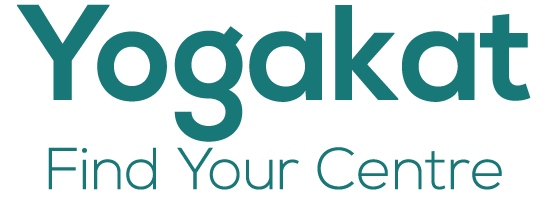
What I’ve Learned about Strength and Scoliosis
1. Building muscular strength is an essential component of living well with scoliosis. Without it, we lose the support for our bodies leading to reduced breath capacity, reduced energy, greater fatigue, poor posture, tight and weak areas, muscle spasms…the list goes on.
2. Healthy muscles can contract and release as needed. Gripping or bracing can set up a pattern that results in tight muscles that limit the range of motion. This tends to exacerbate the existing tight muscle patterns in people with scoliosis.
3. We can lose our neuromuscular connections to our muscles and become unaware of sensations and how to control certain movements. Sometimes referred to as sensory motor amnesia, this can contribute to tight and/or weak muscles and can eventually lead to pain. This is the negative side of muscle memory.
4. The good news is, muscles can be retrained fairly quickly and some of it can be done while resting. For example, practicing full diaphragmmatic breath while sitting or lying down tones the diaphragm to allow for better breathing.
5. Learning about your anatomy, scoliosis curve, and default movement patterns are essential to knowing what movements to do and more importantly, how to do them. This way you can focus on getting into the areas that need the most support.
7. Warming up helps to the muscles and joints prepare for movement, helps prevent injuries and is especially important for people with scoliosis.
8. It is possible to get more symmetrical by working on one’s muscles and soft tissues.
9. Since the muscles pull on the bones, any type of movement can affect the size of a scoliosis curve, in either direction. Building strong and stable muscles can help to stabilize a curve and support hypermobile joints. This requires regular practice.
10. Body awareness in people with scoliosis is often compromised. Using a mirror is helpful to understand and see where your default patterns are as you move.
11. Sequencing makes a difference. A random set of exercises or postures will not be as effective in building strength as a carefully designed program.
12. Scoliosis affects the entire body, so a movement or strength program that is comprehensive will yield the best results.
13. The learning process of unlearning habits that aren’t helpful in the long term and adopting new movement patterns takes concentration, patience and awareness. These all call for SLOWING DOWN. Many folks with scoliosis like to move like hummingbirds, however, we aren’t hummingbirds and going quickly means we will miss alot of key information from our bodies.
14. The ripple effect of building muscular strength can show up as personal strengths in other areas such as confidence and improved body image.
15. People with scoliosis have some of the strongest characters I have ever met. They’ve often been through alot of challenges of various kinds and are dealing with chronic pain, fatigue as well as being misunderstood on their health journey. They tend to be resilient, determined and committed to improve their health and be of service to others. And, they are typically a lot of fun to hang out with! Yes, I freely admit I am biased. 🙂
How you build strength is up to you. If you would like to explore building strength in a yoga workshop, sign up for this Saturday’s session here.
It will be recorded and available for three months.
Sat. Nov. 25 10am PST/1pm EST
$25 CDN
